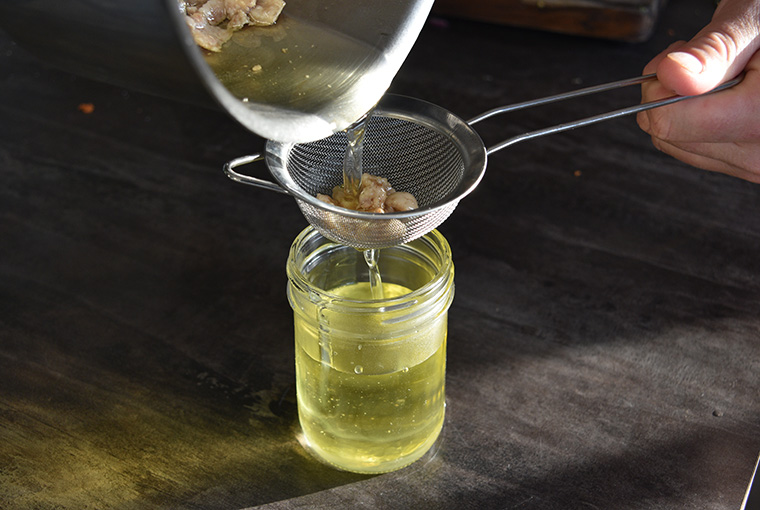
Duck and goose
When ducks and geese prepare for their migration south, they fill up on high-calorie foods to build up their fatty stores. I prefer to hunt late-season ducks (from December to early January) for this reason.
Getting the goods
Step one, harvest a couple of ducks or geese and fully pluck. This will help you to identify where the fatty areas, which makes them easier to remove.
Ducks and geese will have large deposits around the legs, neck, and back. If you prefer to have skinless breasts, peel off that breast skin as it contains the highest amounts. Some big late-season mallards will have nice fat around some of the internal organs as well, if you are into keeping those.
What to do
I prefer to use a heavy-bottom pot for rendering duck and goose fat. Cube up your cold fat and add it to the pot. Pour in just enough water to almost cover the fat. Turn your stove top burner to medium. Simmer until water is evaporated and the yellowish fat starts to slowly bubble. This takes from 45 minutes to an hour. Another sign of readiness is when the small chunks of fat start to take on colour and become crispy. These are like pork cracklings — delicious when dried with a bit of salt!
Once slightly cooled, strain the fat through a fine sieve. This will make the end result nice and clear without containing any cooked particles. I like to store my finished product in the fridge in Mason jars. They will last months and can also be frozen. The finished fat will be white with a slight tinge of yellow. If you see brownish bits on the bottom, that’s normal. It’s just some of the cooked pieces settling underneath the fat, like if you were to keep bacon lard in a jar.
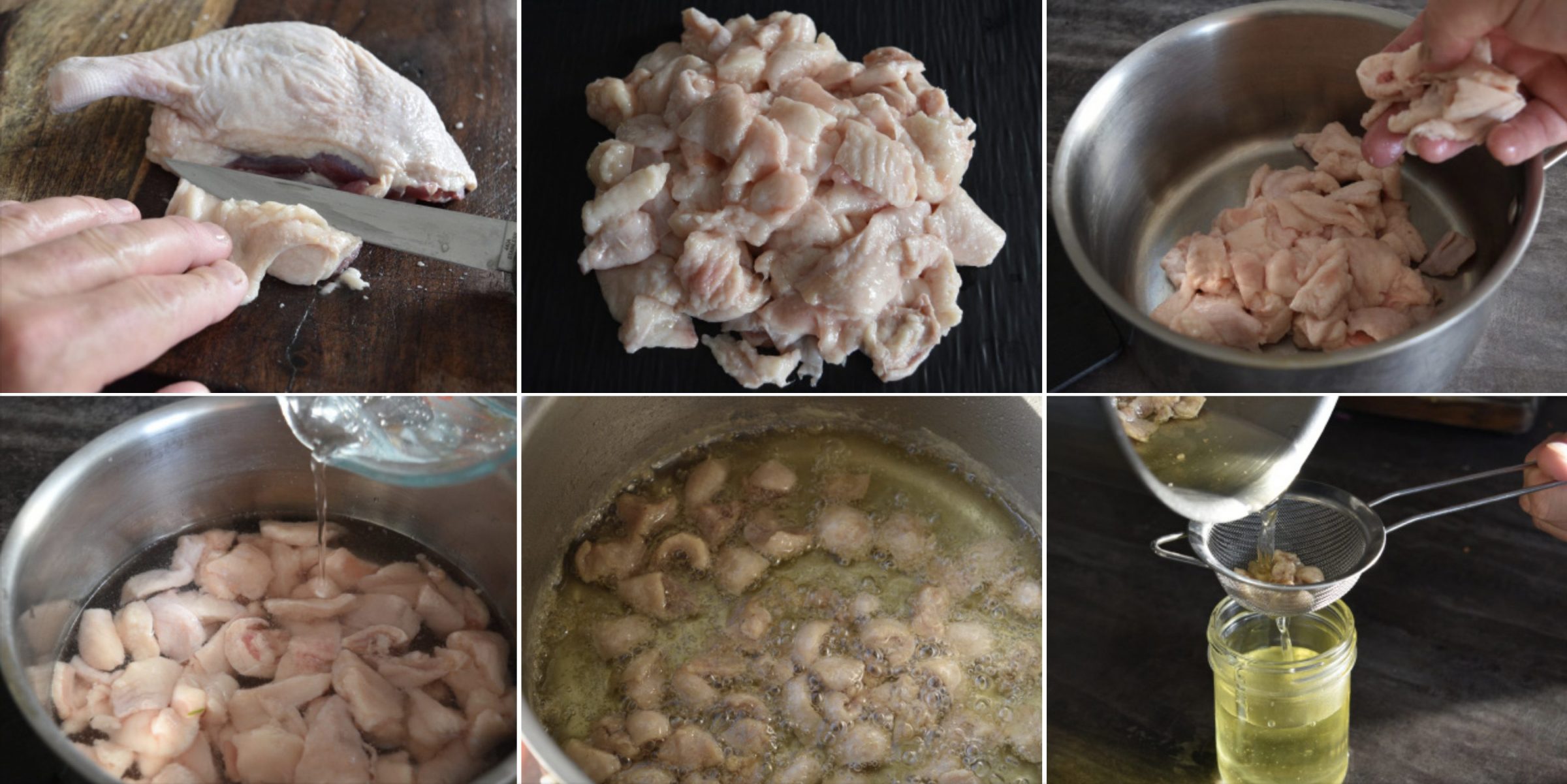
Bear
Congrats, you harvested a bear! Along with lots of delicious meat for roasts, sausages, and burgers, you have wonderful wild-game fat. It’s comparable to pork fat in smell, flavour, and appearance.
Getting the goods
Bears are fatty creatures. Their bodies can have up to 40% body fat, which helps them survive long winters. Ontario’s bears are generally not fish eaters, so we’re fortunate a diet of blueberries and other forage makes their fat very neutral in flavour.
Any clean, white fat on a bear is great for rendering. The rump, back, and neck have large deposits.
What to do
Remove all chunks of meat and hair, as this will taint the finished product. Once it’s trimmed, I put it in the freezer for an hour before cutting it into 1-inch cubes. Load your slow cooker/crock pot three-quarters full. Cover and cook on low for 10 hours. Once the fat has all rendered, strain contents through a fine sieve and cheese cloth.
Like other fat products, bear fat will last in the fridge for more than a few months. You can keep it at room temperature, but not for much longer than two weeks. If it starts to smell off, toss it out!
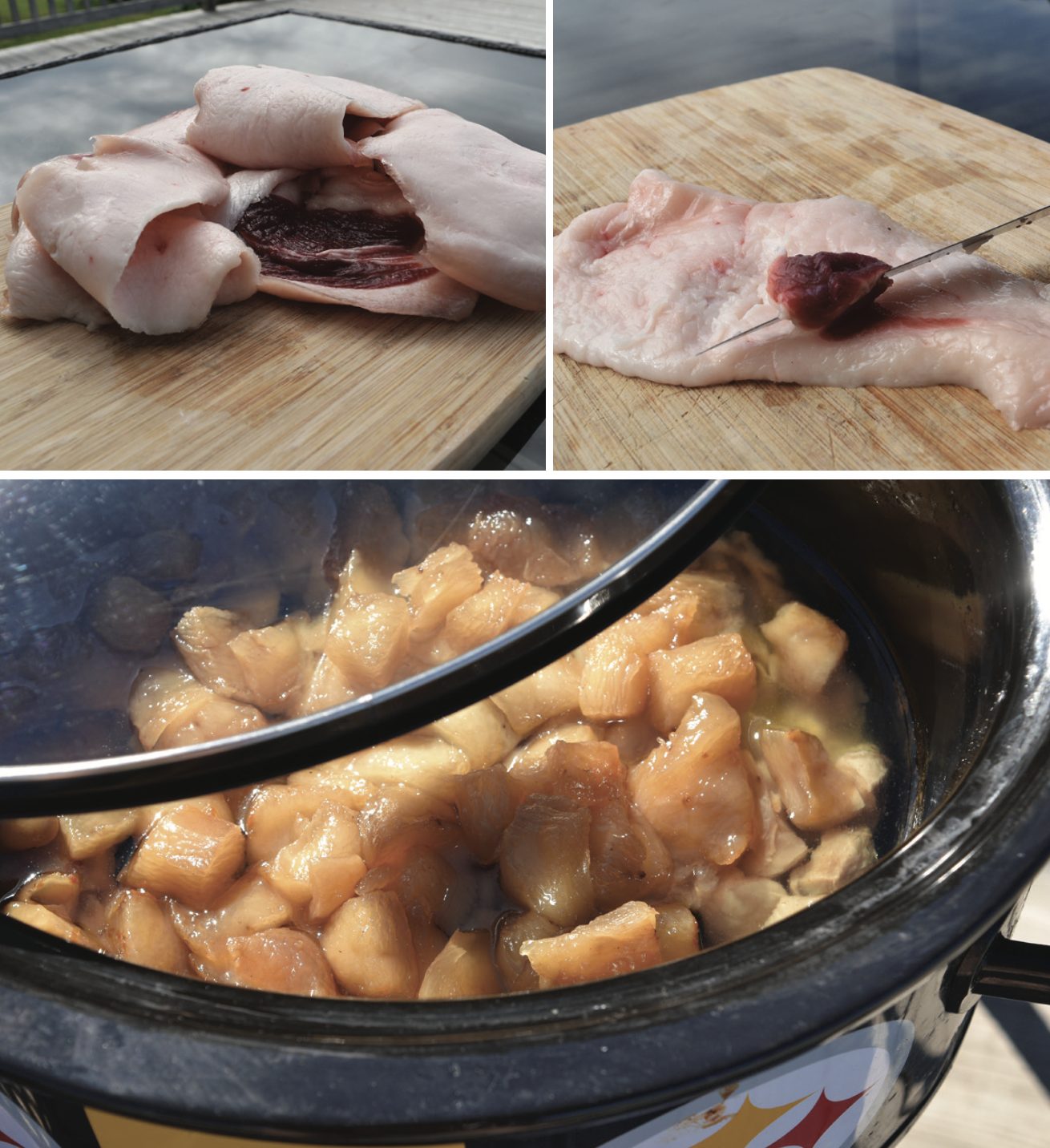
OK to eat?
Saturated fats, found in meat, cheese, some oils, like coconut and palm, and many commercially baked goods can raise blood cholesterol and increase the risk of heart disease, but are OK when consumed in moderation. Duck contains approximately 30% saturated fat. Bear is slightly higher, but both have less than butter, which is about 50% saturated fat.
Deer and moose?
Deer and moose tends to be very gamey, with a lingering flavour that is unappetizing to most hunters I speak with. It coats the palate and makes it hard to taste other ingredients. Historically, moose and deer fat has been used in other ways, such as weather-proofing items, treating leather, and making suet for birds. That said, this is just my opinion and there are some hunters out there who do enjoy consuming it.

Andrew Rochon is OOD’s food editor. You can follow more of his culinary adventures on Instagram: @wilderness_chef
Originally published in the August 2021 issue of Ontario OUT of DOORS magazine.


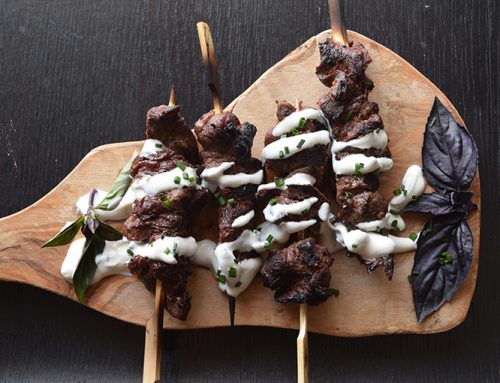
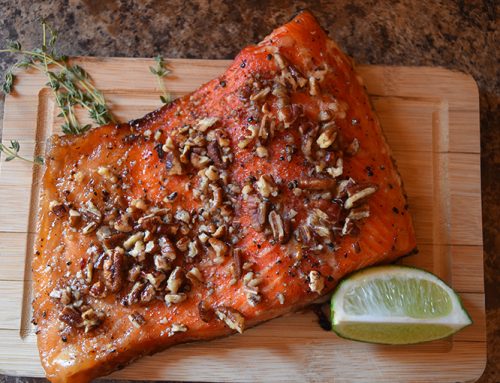
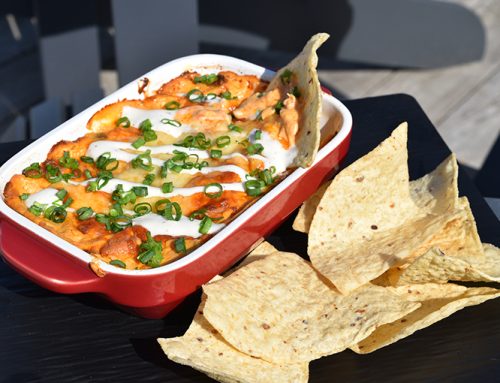
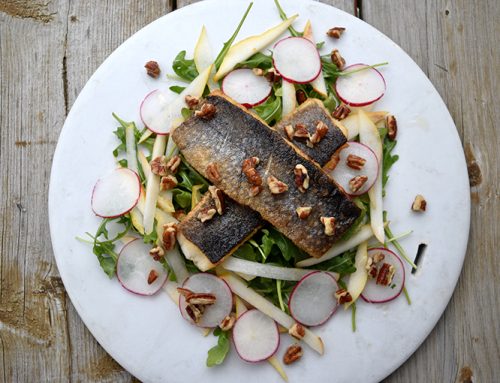
Have been an OFAH member for better part of 50 years except for a few years in 60’s & 70’s living in BC& AB.